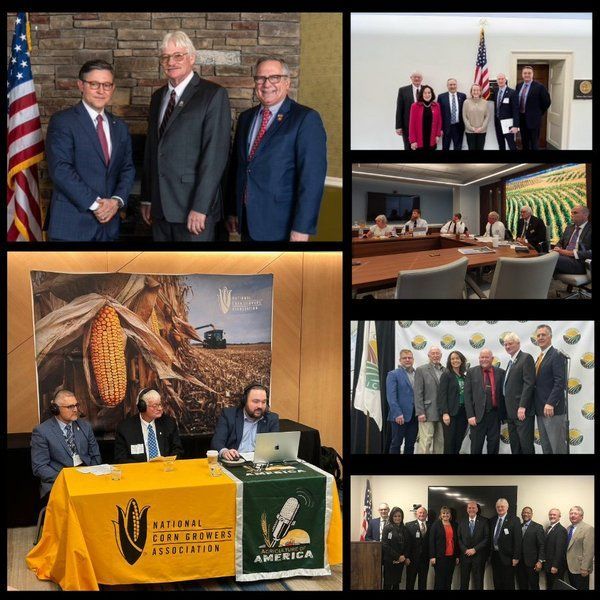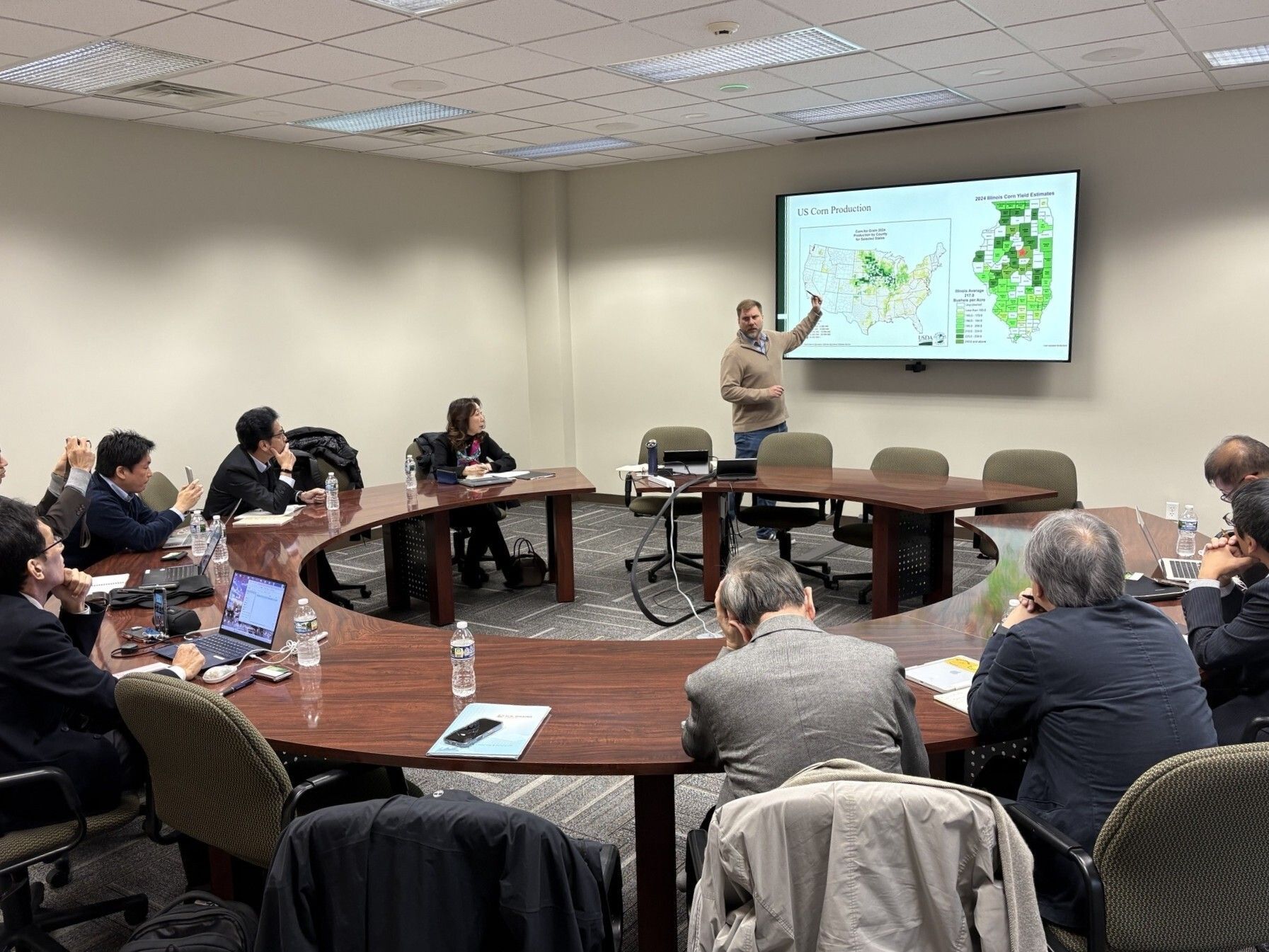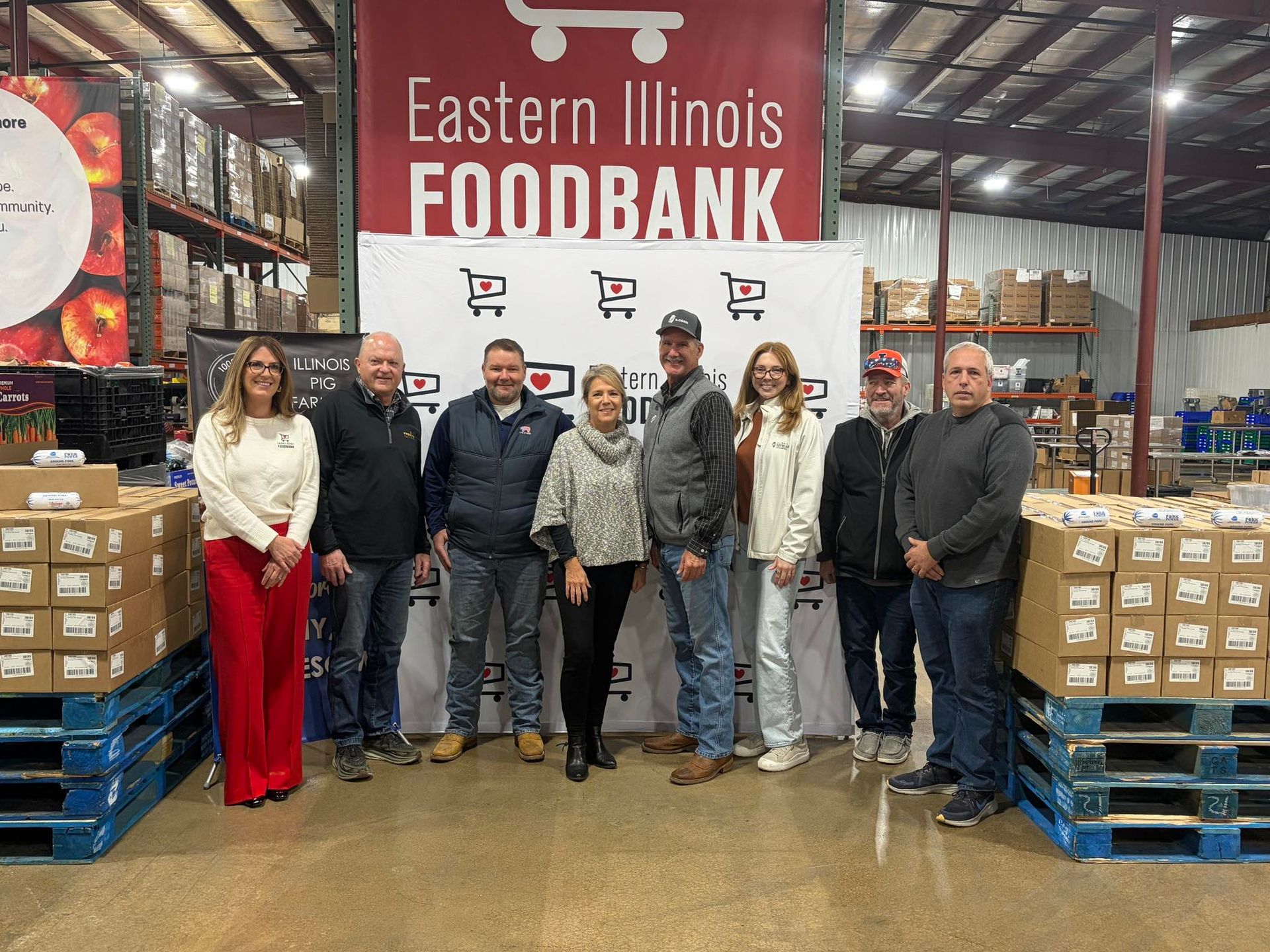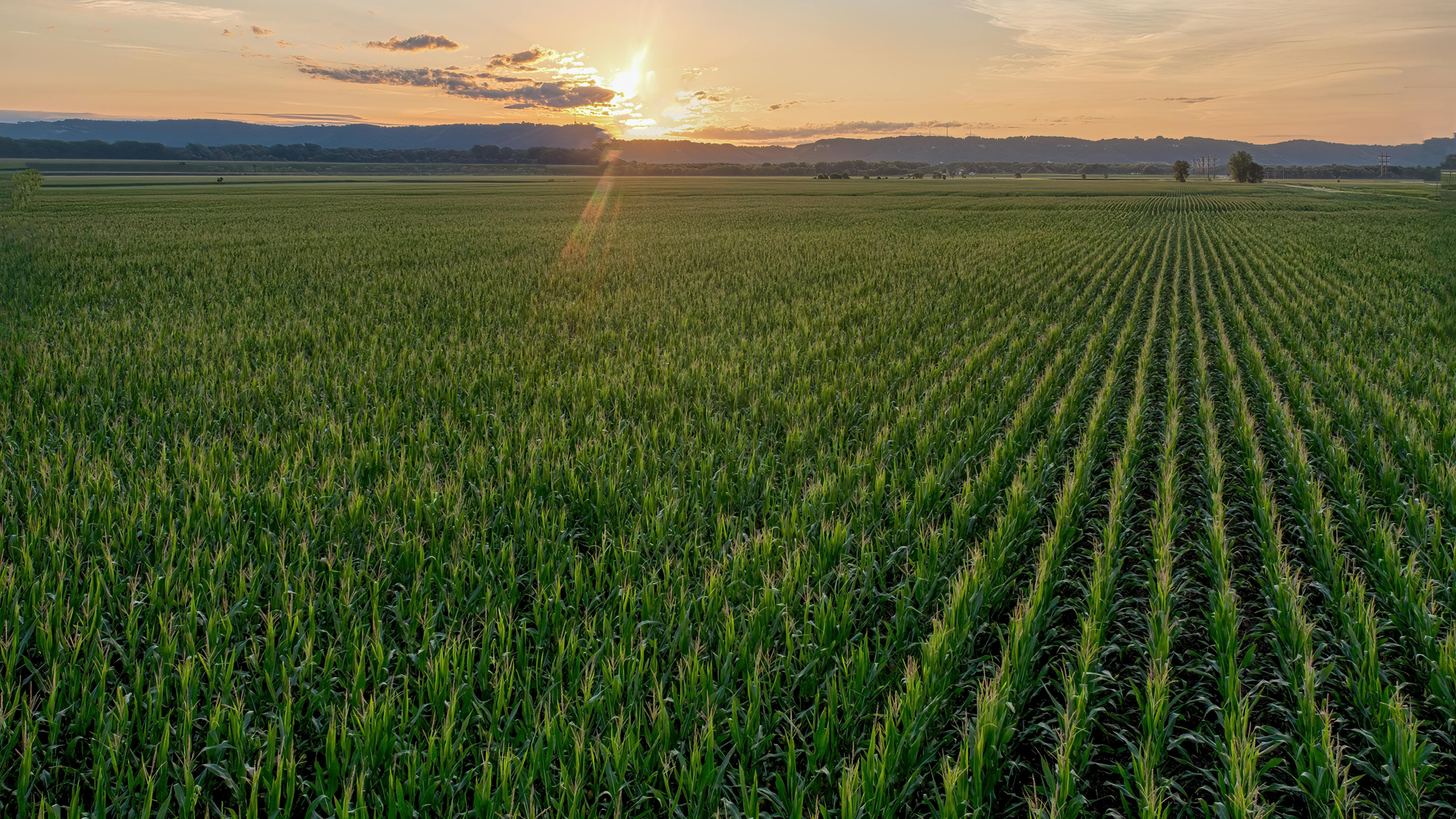8 Farmers Share Best and Worst Decisions
1. "In the 1970s, when our dad retired, my brother and I took over the farm, along with an employee who struggled with some performance issues. The employee quit unexpectedly during the busy season, forcing us to decide whether to hire someone new or manage on our own. Without the distraction of fixing their mistakes and directing their duties, we found our farm ran more efficiently, and we successfully operated with just the two of us.
A few years later, a neighboring farm offered us the chance to double our operation, but we chose to stay focused on our own farm and volunteer leadership roles, avoiding the need to hire additional labor. Looking back with our accountant, it became clear that our decision to forgo expansion and labor costs was the right choice for our bottom line." Don Duvall, 4th Generation, Carmi, IL
2. "One of our best decisions on our family farm was building a grain handling system that could help keeping up with today’s yields rather than relying on a thirty-year-old system that required over half of our crop to be delivered to the elevators during harvest.
Bad decisions: We just have to figure out how to see the positives and grow from them." Jeff Scates, 3rd Generation, Shawneetown, IL
3. "Best Decision: Switching the farm to 100% strip tillage. We (my dad and I) jumped in with both feet in 2018 and switched all corn acres to strip-till. All soybean acres followed in 2019. We have seen yields consistently approach 20% above our pre-strip-till yields in corn. Soybean yield bumped up a more modest »10%. There are two main reasons (as I see it) for the yield bump. First, the fertilizer is now placed under the row and is much more available to the crop. Secondly, our fall created strips have allowed us to get out in the field sooner in the spring to plant: gaining us a longer growing season. There are additional benefits beyond yield, such as the harvesting and planting trafficability of the soil and a reduced fertilizer (and application of fertilizer) cost." Luke Koffman, 3rd Generation, Tuscola, IL
4. "The best decision I made was getting involved with IL Corn and U.S. Grains Council. Before I got involved all I thought about was my own farm and situation. After becoming involved I had a bigger vision than just myself and I realized how much was going on without many farmers knowledge. I have visited several countries and met farmers and customers all over the world. Agriculture is a great industry to be in and I am humbled to play a small part in it." Mark Wilson, 7th Generation, Toulon, IL
5. "We had the opportunity to purchase 60 acres of ground at a reasonable price. At that same time there was worry about going into debt so I sold off 10 acres of ground to someone for a home site only to see the ground become more valuable and now it is a site that my wife would like to have back for a retirement setting. Best decision was following my father’s offer to farm the family farm. This gave me a chance to start my farming career which I loved and was fortunate to be able to raise 3 children with my wife of 47 years." Dale Haudrich, 3rd Generation, Waterloo, IL
6. "The best decision I made was to understand the soil biological function and how to use cover crops to enhance the bio-chemical and physical function of soil. The worst decision was the first year using cover crops the seed salesman said to plant 50 pounds per acre of ryegrass. He meant cereal rye and not annual ryegrass and we planted annual which made for a challenging spring to follow." David Kleinschmidt, 3rd Generation, Vandalia, IL
7. "An operational decision that I think was one of our best was adding semi-truck and trailers several years ago. They are expensive to purchase and maintain but have opened a lot of opportunities for when and where to deliver our grain. It has allowed us to take advantage of higher bids even if they are farther away. And every year more local elevators close, increasing the distance to deliver our grain.
One of the worst decisions we’ve made in recent years was having a helicopter seed our cover crop over standing corn in late summer/early fall. The weather did not cooperate after seeding as we did not receive rain for at least 3 weeks. The cover crop had very poor germination and resulted in an extremely sparse stand. There was no chance for the cover crop to provide benefit. It was an expensive lesson for us to learn." Dan Parker, 4th Generation, Dwight, IL
8. "One of the best decisions was to have a bigger tractor with a cab and a loader. This made feeding cows in the winter easier, more stable for moving around big bales, good for pushing snow and all around safer in different weather conditions." Tom Mueller, 4th Generation, Taylor Ridge, IL
Share your best or worst decision by emailing us!











































































































